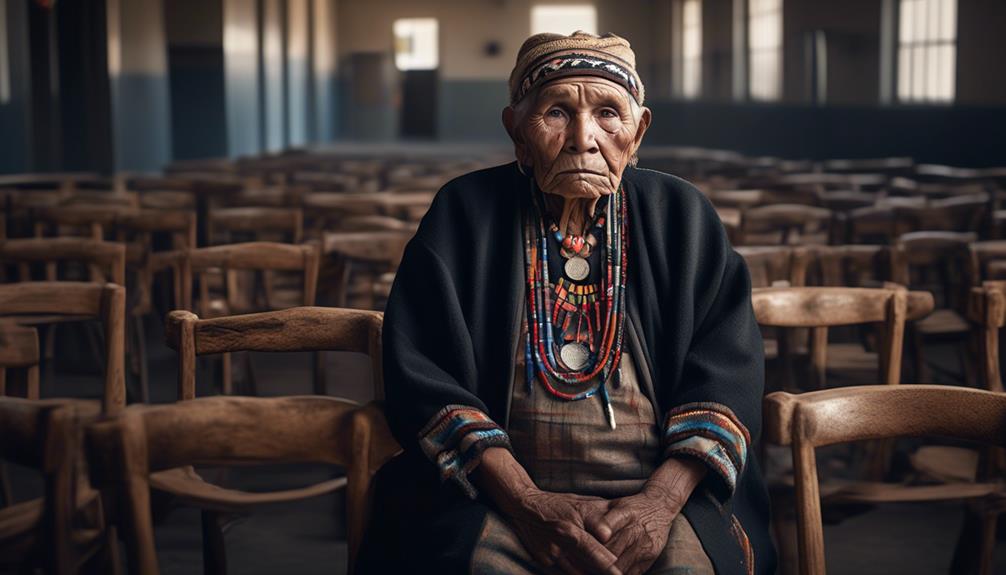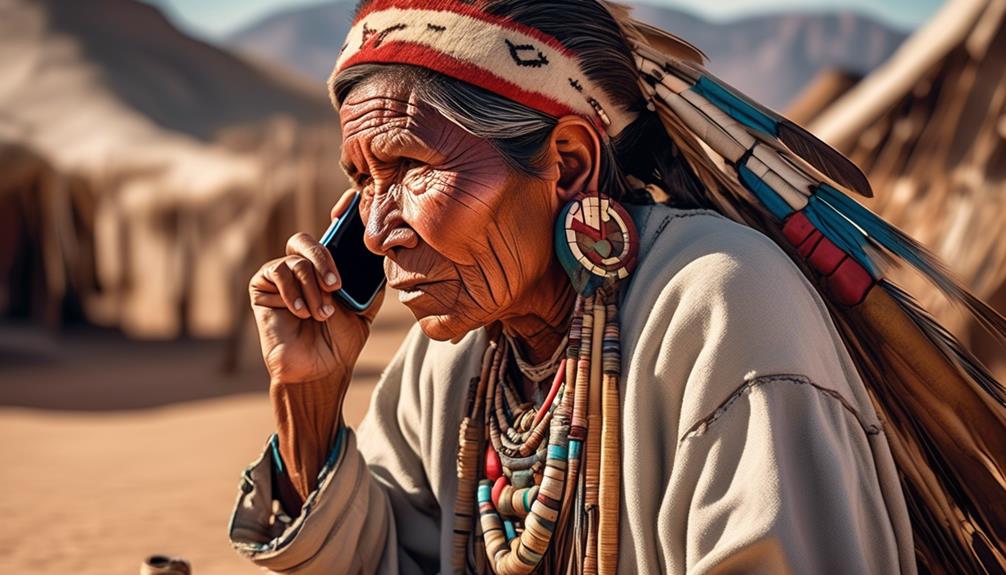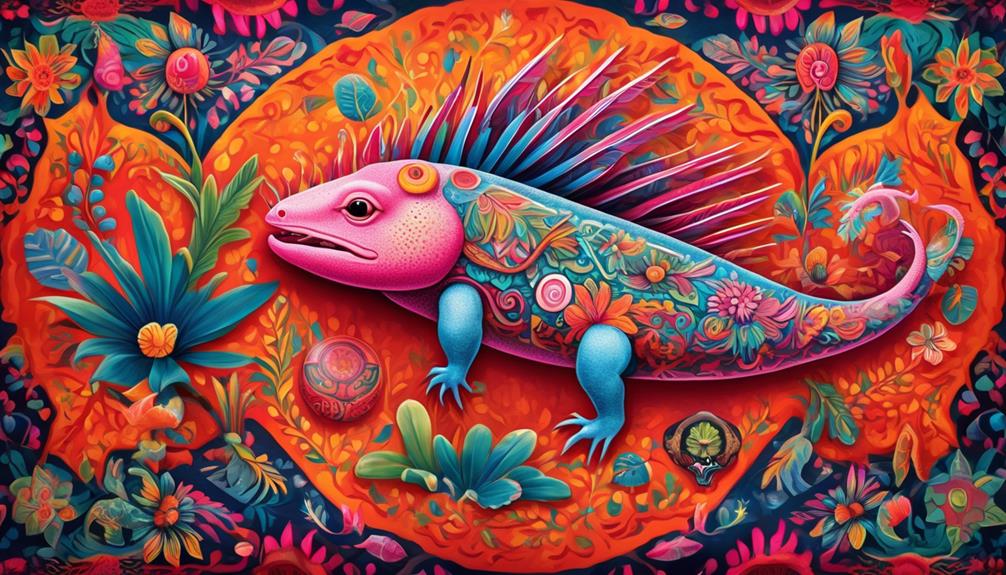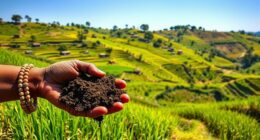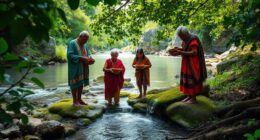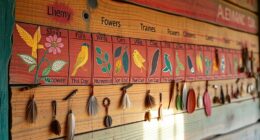After the pandemic, Indigenous communities have been confronted with a difficult situation that has not only put their resilience to the test but has also exposed the vulnerability of their healthcare systems. Similar to a ship navigating through treacherous waters, these groups have been disproportionately affected by COVID-19, resulting in a substantial decrease in life expectancy.
The challenges they have encountered, from barriers to healthcare access and economic hardships to pre-existing health conditions, have created a perfect storm that demands urgent attention. As we delve into the complexities of these issues, it becomes evident that the repercussions of the pandemic have not only affected the present but also cast a shadow on the future of indigenous communities.
Key Takeaways
- Indigenous communities have experienced disproportionately higher rates of COVID-19 infections, hospitalizations, and deaths, highlighting the impact of the pandemic on their life expectancy.
- Limited access to quality healthcare, higher rates of underlying health conditions, and socioeconomic factors contribute to healthcare disparities in Indigenous communities.
- The lack of healthcare infrastructure in remote areas hinders Indigenous individuals from receiving timely medical attention, increasing their vulnerability to the virus.
- Economic challenges, including job layoffs and business closures, have led to increased food insecurity, exacerbating health issues such as obesity, diabetes, and cardiovascular diseases in Indigenous communities.
Impact of COVID-19 on Health Disparities
The COVID-19 pandemic has exacerbated existing healthcare disparities, disproportionately impacting marginalized communities and widening the gap in life expectancy. Data reveals a stark reality: marginalized communities, including Indigenous populations, have experienced disproportionately higher rates of COVID-19 infections, hospitalizations, and deaths. These disparities are rooted in systemic issues such as limited access to quality healthcare, higher rates of underlying health conditions, and socioeconomic factors.
The pandemic has magnified these existing inequities, underscoring the urgent need to address healthcare disparities.
Analyzing the impact of COVID-19 on health disparities underscores the critical importance of community resilience. Despite facing significant challenges, many marginalized communities have demonstrated remarkable resilience through grassroots initiatives, culturally sensitive interventions, and community-led healthcare efforts. Understanding and amplifying these resilience factors can inform targeted interventions to address healthcare disparities and build more equitable and resilient healthcare systems.
Barriers to Healthcare Access
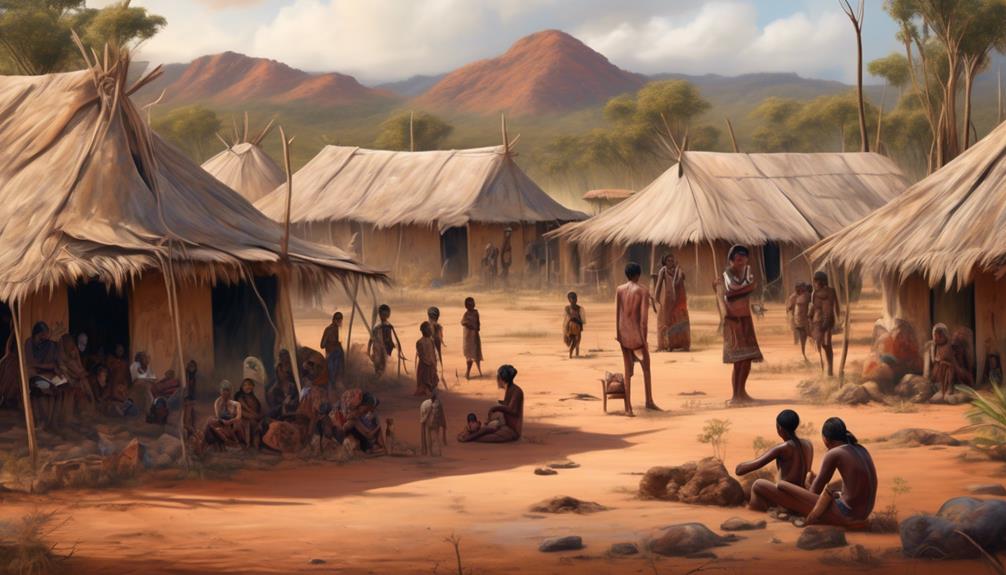
Exacerbating existing healthcare disparities, the COVID-19 pandemic has highlighted significant barriers to healthcare access for marginalized communities, including Indigenous populations. Healthcare disparities in Indigenous communities have been amplified by limited access to medical facilities, particularly in remote areas. The lack of healthcare infrastructure in these regions has made it challenging for Indigenous individuals to receive timely medical attention, exacerbating their vulnerability to the virus.
Furthermore, the shift towards remote services during the pandemic has presented additional obstacles for Indigenous populations, many of whom lack access to reliable internet and telehealth services. This digital divide has further widened the gap in healthcare access, hindering Indigenous individuals from obtaining essential medical care and COVID-19 resources.
As a result, addressing these barriers necessitates targeted efforts to improve healthcare infrastructure in remote Indigenous areas and to bridge the digital gap, ensuring equitable access to healthcare services for all communities, especially during public health crises like the ongoing pandemic.
Economic Challenges and Food Insecurity
Amidst the pandemic, Indigenous communities are grappling with economic challenges and food insecurity, compounding the existing disparities in healthcare access and exacerbating their vulnerability to health crises. The economic hardship faced by Indigenous communities has been intensified by the pandemic, leading to increased food insecurity and impacting overall well-being.
The following points shed light on the critical issues surrounding economic challenges and food insecurity:
- Income Loss: Many Indigenous individuals have experienced significant income loss due to job layoffs, reduced work hours, or the closure of businesses, making it difficult to afford an adequate and nutritious diet.
- Limited Access to Affordable Food: Geographic isolation and limited access to grocery stores result in higher food prices and fewer options, exacerbating food insecurity.
- Nutritional Deficiencies: Economic constraints often force individuals to opt for cheaper, less nutritious food options, contributing to health issues such as obesity, diabetes, and cardiovascular diseases.
- Socioeconomic Disparities: The economic challenges disproportionately impact Indigenous communities, widening the gap in socioeconomic status and exacerbating their vulnerability to health disparities.
Addressing economic challenges and food insecurity in Indigenous communities is crucial for improving overall health outcomes and mitigating the impact of the pandemic.
Pre-existing Health Conditions

Indigenous communities with pre-existing health conditions have faced heightened vulnerability during the pandemic, necessitating targeted interventions to address their specific healthcare needs. The impact of pre-existing conditions on these communities has been substantial, exacerbating healthcare disparities and increasing the risk of severe outcomes from COVID-19. To understand the gravity of this issue, it is crucial to examine the prevalence of pre-existing conditions among Indigenous populations. Below is a table presenting data on common pre-existing health conditions in Indigenous communities, highlighting the challenges that have been exacerbated by the pandemic:
| Pre-existing Health Conditions | Prevalence among Indigenous Communities |
|---|---|
| Diabetes | High |
| Hypertension | Elevated |
| Obesity | Increased |
| Respiratory Diseases | Pronounced |
The high prevalence of these pre-existing conditions underscores the urgent need for tailored healthcare strategies and interventions. Addressing healthcare disparities and ensuring access to quality care for Indigenous communities with pre-existing conditions is critical for mitigating the disproportionate impact of the pandemic on these populations.
Addressing the Urgent Need for Support
Addressing the urgent need for support requires targeted interventions and comprehensive healthcare initiatives to alleviate the impact of pre-existing conditions and mitigate the disproportionate effects of the pandemic on Indigenous communities. To effectively address this, the following measures are crucial:
- Community Outreach: Implementing tailored outreach programs to educate and engage Indigenous communities in understanding and accessing healthcare resources. This can help bridge the gap between healthcare services and Indigenous populations, ensuring that they receive the support they need.
- Cultural Sensitivity: Developing culturally sensitive healthcare approaches that respect and incorporate Indigenous traditions and beliefs. This can enhance trust in healthcare providers and increase the likelihood of Indigenous individuals seeking necessary medical care.
- Emergency Relief: Providing immediate and sustained emergency relief efforts to address the acute healthcare needs of Indigenous communities during the pandemic. This should encompass access to essential supplies, such as medical equipment and medications, to alleviate the strain on healthcare infrastructure.
- Healthcare Infrastructure: Investing in and strengthening healthcare infrastructure within Indigenous communities to ensure equitable access to quality care. This includes building and enhancing healthcare facilities and increasing the availability of healthcare professionals with expertise in addressing Indigenous health concerns.
Frequently Asked Questions
What Specific Cultural or Traditional Practices Within Indigenous Communities May Have Contributed to the Spread of Covid-19?
Cultural practices and traditional beliefs within indigenous communities may have contributed to the spread of Covid-19. Community transmission could have been facilitated by gatherings for cultural events or ceremonies, where preventive measures may not have been enforced.
These practices are deeply rooted in our traditions, but awareness and adaptation to public health guidelines are crucial to mitigate the impact of the virus on our communities.
How Have Language Barriers Affected Access to Healthcare for Indigenous Communities During the Pandemic?
Language barriers significantly impact healthcare access for indigenous communities during the pandemic. Misunderstandings can hinder effective communication and lead to inadequate medical assistance. Limited access to healthcare information in native languages exacerbates this issue.
These challenges contribute to disparities in healthcare outcomes. Addressing language barriers is crucial for ensuring equitable healthcare access and improving the overall health outcomes of indigenous communities during the pandemic.
What Unique Economic Challenges Have Indigenous Communities Faced During the Pandemic, and How Has This Impacted Food Insecurity?
Economic challenges during the pandemic have heightened food insecurity in indigenous communities. Limited access to traditional resources and disruptions to livelihoods have compounded this issue.
Despite these challenges, community resilience has been evident through innovative local solutions and support networks. However, sustained economic support and targeted healthcare access are crucial to address these disparities.
Data reveals the urgent need for tailored interventions to mitigate the impact of economic hardship on food security in indigenous communities.
Are There Any Pre-Existing Health Conditions That Are Particularly Prevalent in Indigenous Communities and Have Been Exacerbated by the Pandemic?
Prevalent health conditions in indigenous communities, exacerbated by the pandemic, include diabetes, heart disease, and respiratory illnesses. These conditions have been worsened due to limited healthcare access and the impact of language barriers.
The pandemic has amplified these disparities, leading to a higher risk of severe illness and mortality. Data shows the urgent need for targeted interventions to address these health disparities and ensure equitable healthcare access for indigenous communities.
What Specific Types of Support Are Urgently Needed by Indigenous Communities to Address the Impact of the Pandemic on Life Expectancy?
We urgently need to address the impact of the pandemic on life expectancy in indigenous communities.
Mental health support is crucial, as the pandemic has taken a toll on psychological well-being.
Additionally, fostering community resilience is essential for overcoming the challenges.
Conclusion
In conclusion, the pandemic has cast a dark shadow over indigenous communities, shortening life expectancy and widening health disparities. Like a storm on the horizon, COVID-19 has exposed the cracks in our healthcare system, creating barriers to access and exacerbating economic challenges.
As we navigate these uncharted waters, it's imperative to address the urgent need for support, tackle pre-existing health conditions, and work towards a brighter, more equitable future for all.
